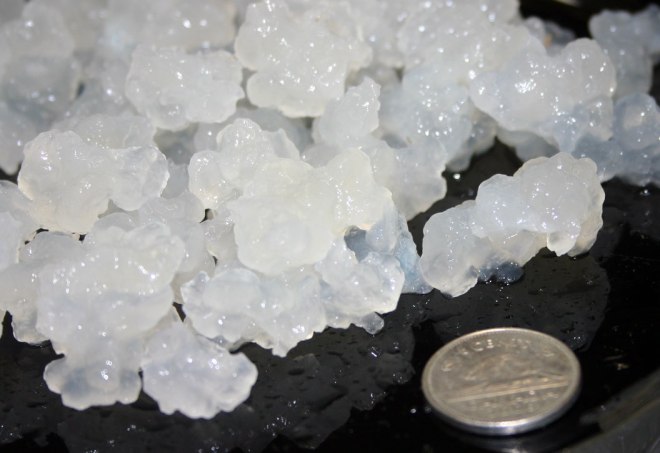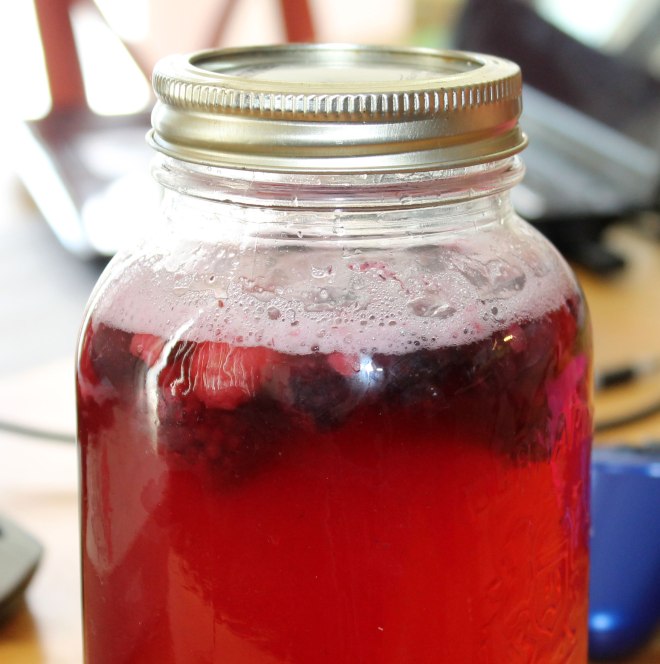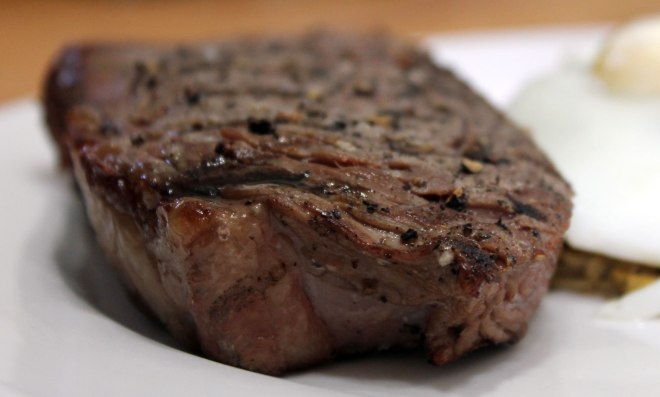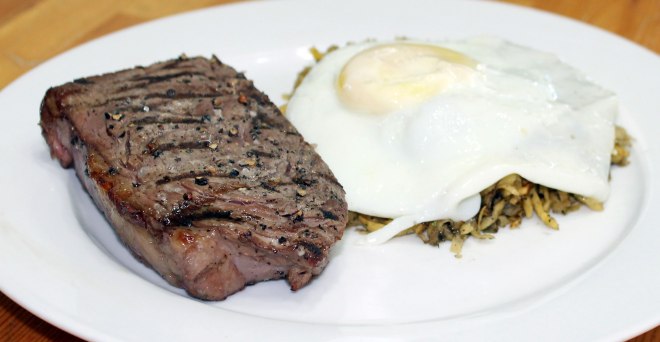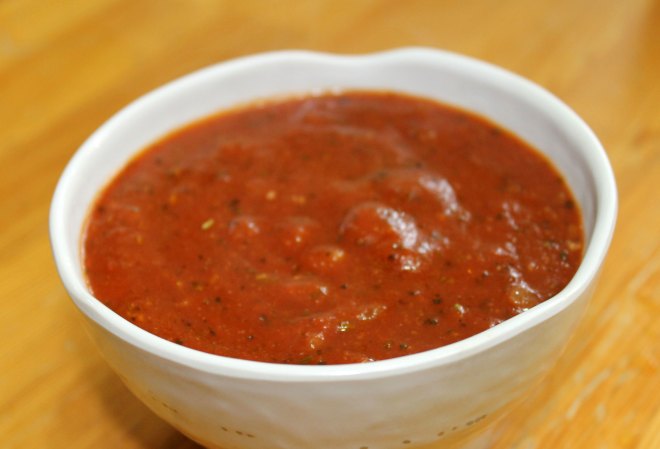In an attempt to increase the amount of probiotic foods in our diet, I have been making water kefir a lot lately.
Water Kefir is an effervescent, probiotic rich fermented drink that can be used to make a healthy homemade soda. Like most other probiotic rich fermented foods, it supports gut health and systemic wellness.
It is enzyme rich and filled with amino acids, and is also rich in vitamin B12, vitamin K and biotin.
Water kefir is made using a scoby (Symbiotic culture of bacteria and yeasts) called Tibicos, although most people simply refer to them as water kefir grains. Unlike a kombucha scoby, water kefir grains are small, translucent jelly like lumps around 5mm in size although they can grow to be much larger.
You add the grains to a sugar water solution, and the bacteria and yeasts feed on the sugar turning it into a number of beneficial acids and infusing the water with probiotic microorganisims, B vitamins and food enzymes. This process reduces the amount of sugar in the finished drink. It does produce a small amount of alcohol as well, but in most cases, this ranges from 0.5% to 0.75% depending on how you brew it. The longer you brew it, the more alcohol it will contain. This post deals with the alcohol content of water kefir.
I purchased my water kefir grains in a dried form from Cultures for Health, but you may be able to find someone local who will give or sell you some. Try searching on Craigslist or Kijiji. You could also try asking on groups such as Wild Fermentation on Facebook.
It is very easy to make, and because you flavour it yourself with fruit or juice, the variations you can make are endless.
I like to make my water kefir using an unrefined organic cane sugar as this provides the mineral rich environment that the water kefir grains love. I also add a pinch of sea salt (for minerals again). In case you are thinking “But sugar is not paleo”, read this post by The Paleo Mom on using sugar as a sweetener. As long as you do not over consume the water kefir (and really, you do not need to consume more than a single glass in a day) you really won’t be getting huge amounts of sugar, and this beverage contains far less sugar than a can of coke, and none of the harmful artificial flavourings and additives.
Honey does not make a good substitute for the sugar as it has antimicrobial propeties and can weaken or kill your water kefir grains. Likewise, sugar-free sweeteners such as stevia cannot be used to make water kefir as they would not provide any food for the grains.
Water kefir is made in 2 stages – a primary fermentation where the grains grow in the sugar water for 24-48 hours, then a secondary fermentation where fruit, juice or herbs and spices are added to flavour the liquid. It is during the secondary fermentation that the carbonation takes place.
Water Kefir Soda
makes 1 quart
For the primary fermentation:
- ¼ cup water kefir grains (one packet of dehydrated grains from Cultures for Health will yield ¼ cup when rehydrated)
- ¼ cup unrefined organic cane sugar
- 1 pinch of unrefined sea salt
- un-chlorinated filtered water (if you are using tap water, boil it to remove the chlorine and allow to cool)
Dissolve the sugar and sea salt in the water, and place in a 1 quart jar. Add the water kefir grains (if using dehydrated ones, follow the instructions that come with them for re-hydrating them).
Cover the mouth of the jar with a coffee filter held in place with an elastic band and place in a room-temperature dark place for 24-48 hours. I put mine in the pantry.
The longer you leave it, the more of the sugar that will be fermented out, but do not leave it for more than 48 hours or it will starve your grains.
After 48 hours, strain the grains through a strainer, reserving the liquid. Some people tell you never to use metal, but I have been, and my grains are fine. I figure the few seconds it takes me to strain out the grains and then dump them into a new container of sugar water won’t harm them or me.
Place your strained grains into a new jar of sugar water to start the process again.
The strained liquid is what you are going to use to make the water kefir.
Place it in a new mason jar with whatever you decide to flavour it with. You could use ½ cup of fruit juice, but I most often add whole fruit to the jar. I also add herbs or spices sometimes.
These are some of my favourites:
- 1 cup diced pineapple and a sprig of mint mint
- a diced grapefruit (this one is WONDERFUL!)
- a sliced lemon and a sprig of mint
- ½ cup of frozen mixed berries
- a 1″ piece of ginger sliced (no need to peel), ½ lemon sliced, 2-3 star anise, a cinnamon stick, a tsp cardamom seeds and a tsp vanilla extract
- ½ cup frozen saskatoon berries and a couple of sprigs of fresh basil
- 2 peppermint teabags (seriously, it is VERY good!)
Seal the jar with a lid and place it on the kitchen counter for 12-24 hours until the flavours have infused and the drink is starting to get bubbly. As per the article I linked to above, you don’t want to let it get so bubbly that it fountains out of the jar. You want it just about the fizziness of a can of coke.
Now you can strain out any solid flavouring ingredients and store it in the fridge.
I like to transfer it to a flip-top bottle like this one for storage.
Shared at Waste Not Want Not Wednesday #70
Shared at Allergy Free Wednesday #115
Shared at Wellness Wednesday
Shared at Full Plate Thursday 5-1-14
Shared at Paleo AIP Recipe Roundtable #25
Shared at Simple Meals Friday #83
Shared at Whole Food Fridays 5-2-2014

